|
We've all done papier maché in grade school. Take some newspaper, add some flour and glue and smooth it all out over a balloon and we made masks. A fun kid craft, right? But how many of you know that in some parts of the world papier maché is considered a fine art? And some of the best of this art is created in Puglia, in Southern Italy... Some Historic Notes on Paper... Mache, that is... The roots of papier maché techniques are in both the Middle and Far East. In French, papier maché literally translates as chewed paper. Paper was invented in China in the second century AD, and papier maché was developed as a way to re-use the new material which at the time was very rare and costly. Papier maché it can be very strong but also very lightweight. With strengthening layers of varnish, it was used to make soldiers' helmets and lacquered boxes... and even furniture. With the advent of trade with the Orient, Papier Mache spread from Samarkand and Morocco until about 900 AD it spread to Spain, Germany, France and Italy. The French craftsmen made cups and snuff boxes from it, with serving platters, pots, vases and furniture being made in other countries. A very strong board could be produced by baking layered sheets or shredded paper. For even stronger products, papier maché was mixed with linseed oil before being baked.In the 17th century, successful trade between the Republic of Venice and merchants from the Salento peninsula in Puglia spurred the development of papier maché techniques in the beautiful baroque town of Lecce. The high art of Cartapesta was born... 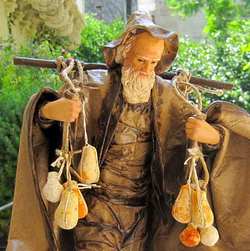 Cartepesta as High Art The construction of many new churches and monuments, Lecce developed a demand for religious statues, but marble for statues is only available in the northern part of Italy--not in the South. Statues needed to be created quickly and needed to be built from a lightweight material so they could easily be carried in a festival procession, or Sagra. The Lecce craftsmen didn't possess any valuable materials, but with the help of straw, rags, plaster and a few tools, developed their craft using Cartapesta. As it turns out, Cartapesta when finished can be made to look exactly like a marble statue. Cresche scenes of the birth of Christ also became popular. Oddly enough, many of the best craftsmen were also barbers, perhaps because they already had some of the tools needed for the craft. Today the production of Cartapesta is concentrated around Lecce. Its craftsman produce statues (many life sized) of holy subjects with particular attention paid to their flowing garments. The studio shelves are also full of peasants in charming village scenes and represent various professions like shepherds, cheese-makers, bakers and farmers. Creche scenes of the birth of Christ and angels are also popular. Puppets and marionettes are also produced using Cartapesta. Hands, feet and heads are often made from clay and married to the metal and straw armatures used in creating the Cartapesta figurines. Younger artists are producing more and more modern art with Cartapesta, some of it being very avant-garde. The best artisans even make their own paper using traditional methods which is then used on their creations. 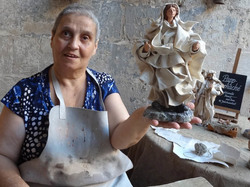 Traditionally Cartapesta is pulp paper macerated in a solution of water and flour glue, tamped into a mold and boiled. The mass is then pressed to remove excess water and mixed with a solution of animal glue, pasta starch and resin. The resulting compound is applied onto a roughly shaped figure made from a wooden armature... the shape made by wrapping straw around the armature with thin wire. Then the work is left to slowly dry outdoors or in heated rooms and then hot irons tools are used to mark the folds and create the expressive details. Once coated with substances to protect it from moisture the model is ready for painting, which adds the real magic to some of these pieces. Many Cartapesta masterpieces are displayed in numerous churches of Puglia and all around the world. For example, the Church of Santa Chiara in Lecce is remarkable for the Cartapesta decorations of its ceiling. As one wanders through the streets of Lecce it’s common to come across several Cartapesta workshops showing their ready to sell statues and puppets or working on upcoming pieces of art. It’s also possible to take a Cartapesta class in several artisan studios and learn the complex process of creating your own masterpieces. A few minutes’ walk from Piazza Sant’Oronzo in Lecce, the Castle of Charles V is home to the Cartapesta Museum (Museo della Cartapesta). The museum displays an exhibition of the papier-mâché handicrafts along with a history of the most famous Cartapesta artists. If you want to see an amazing display of Cartapesta artwork, you can visit the town of Massafra in Taranto where every January begins their Carnevale di Massafra, with giant papier-mâché masks and structures being paraded through town on Thursdays and Sundays until the beginning of Lent. So, the next time you get out the glue, flour and old newspapers, think creative... think like Michelangelo... think Cartapesta!
--Jerry Finzi If you enjoyed this post, please share it far and wide... thanks for stopping by Grand Voyage Italy! Ciao!
8 Comments
MICHAEL ROMANO
1/6/2018 08:57:49 pm
would like to purchase some paper mache cretions like the moon and the man on your page...please direct me to where i may do so
Reply
nazzareno giorgio perla
10/7/2018 11:04:08 am
looking to buy paper mache madein Lecce italy
Reply
Jerry F.
10/9/2018 10:37:15 am
Here is a link to Google MAPS showing Cartapesta shops in the town. Just in case you can't see it, go to Google Maps and search for "Lecce It", then "search nearby" for "cartapesta". Have fun!
Reply
Raymond Santiago
12/20/2018 01:04:23 pm
Hello:
Reply
Jerry Finzi
12/22/2018 08:50:49 am
They would be very difficult if not impossible to find in the U.S... especially that large. There are some small ones (in not so good shape) on Ebay.
Reply
Ken C
2/17/2020 04:04:38 pm
who is the artist of this work?
Reply
David Strand
8/19/2021 08:45:57 am
I'm interested in the piece featuring a musician on a crescent moon. What workshop produced it? Thank you!
Reply
Johnny Whatley
1/14/2024 11:31:28 pm
Lovely work. I want to make large angel wings to be worn or simply hung on the wall as a talking point.
Reply
Your comment will be posted after it is approved.
Leave a Reply. |
Categories
All
Archive
June 2024
|


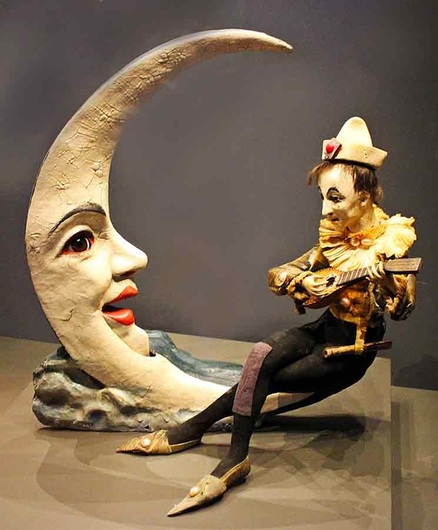
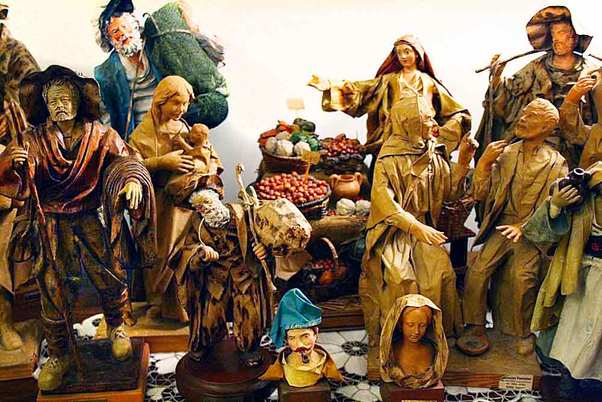
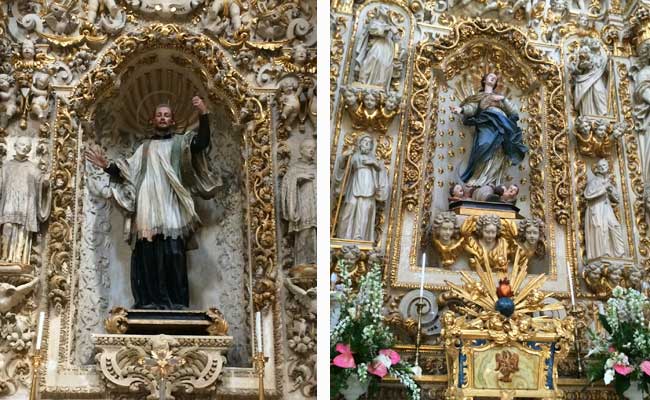

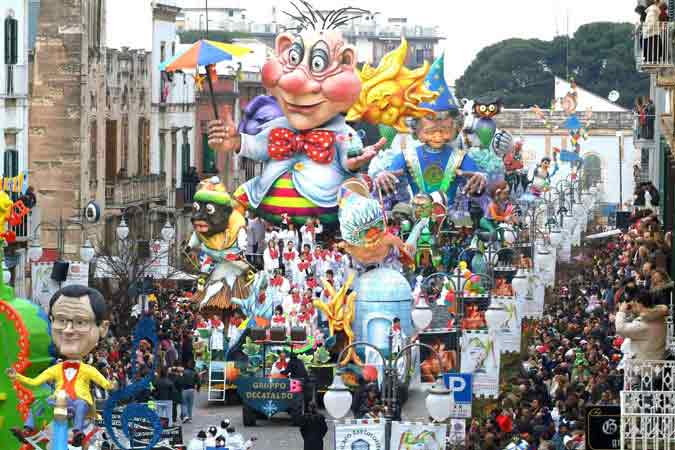
 RSS Feed
RSS Feed
